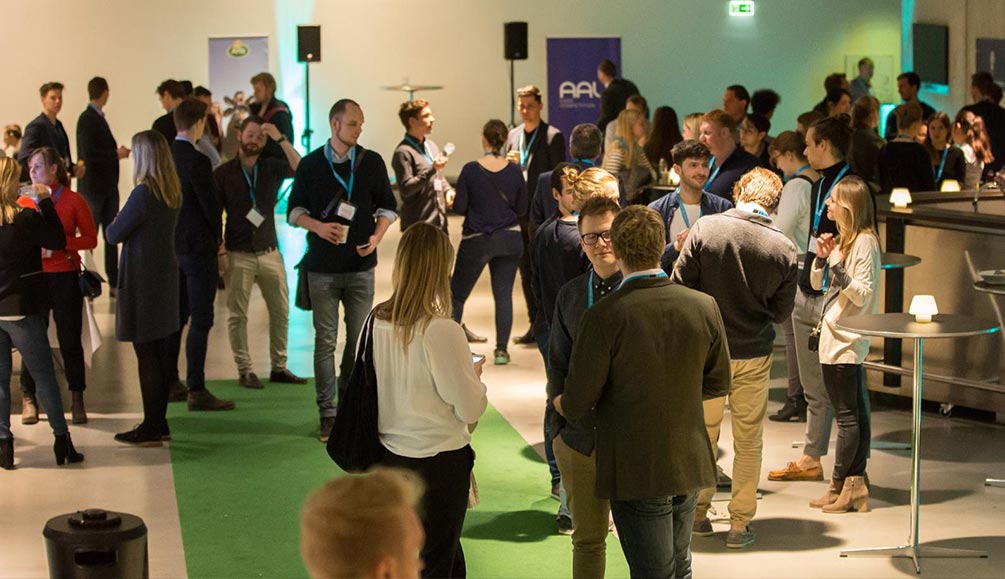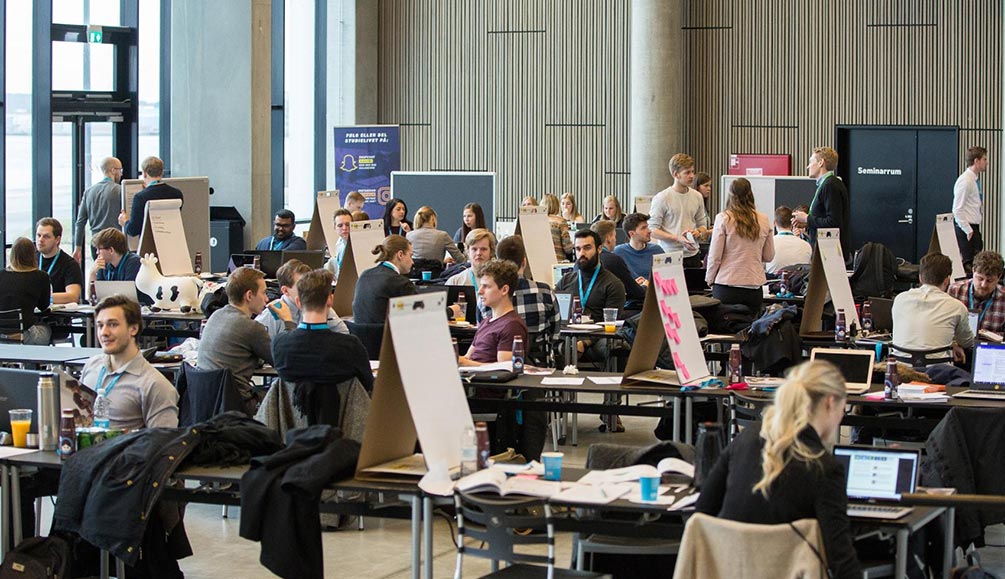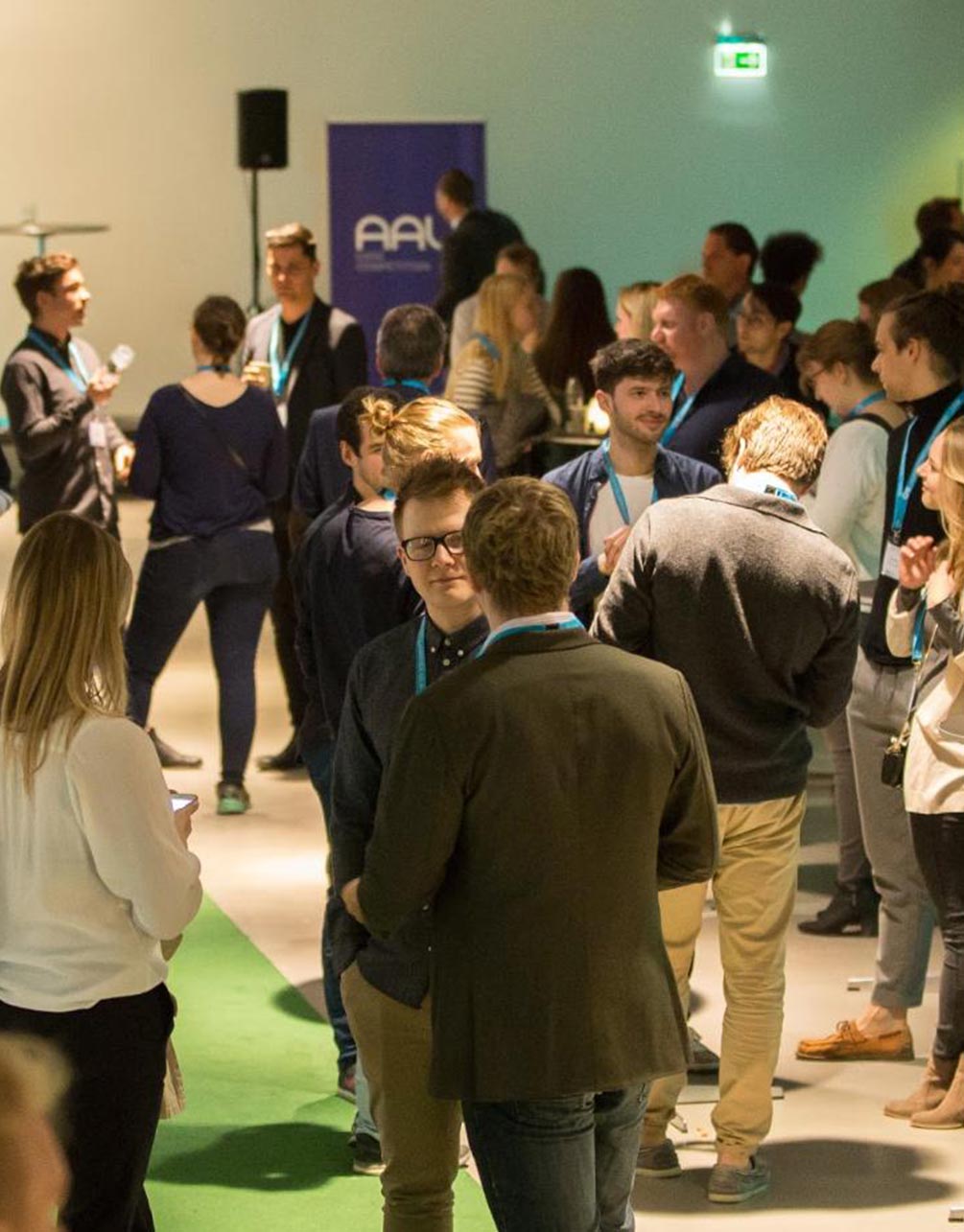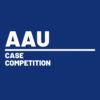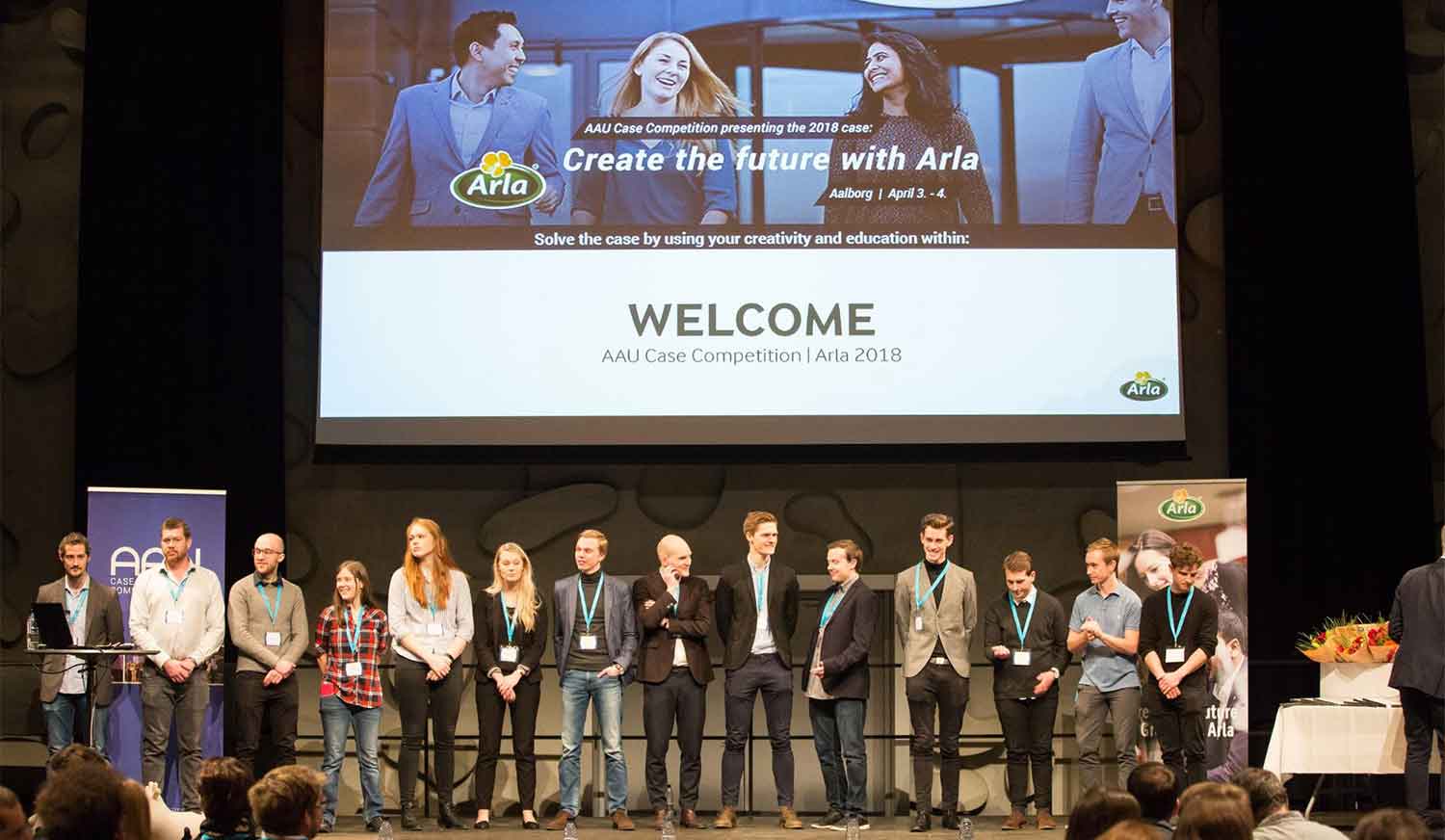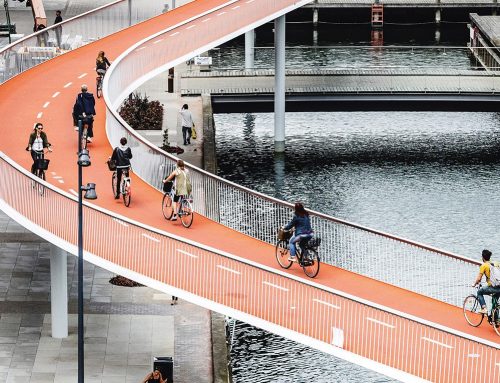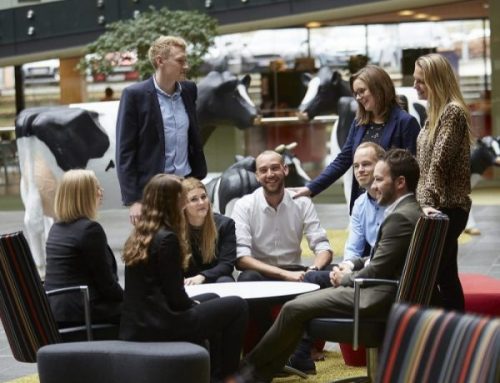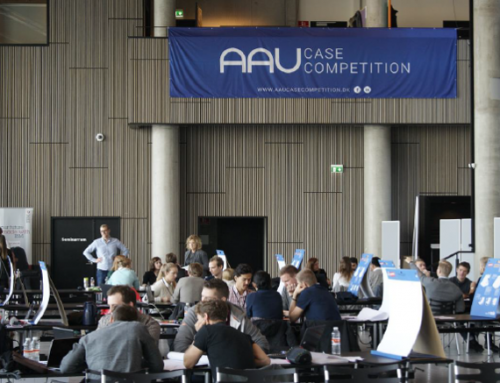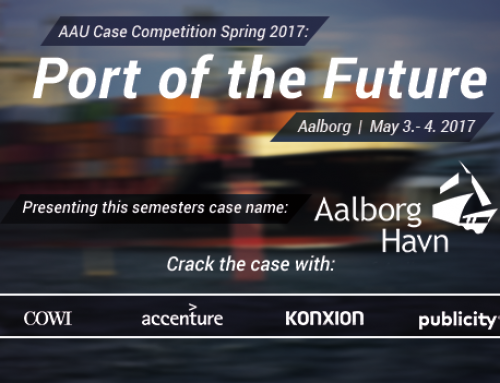It won’t be long now until the 2019 AAU Case Competition [AAU CC] is going to be kicked off. Are you ready? Find out what you or your group can expect from the competition, or simply why you should participate in the first place, by reading our ‘Go to Guide’ explaining the lay of the land about AAU CC.
We spoke to Rasmus Gade Laursen and Steffen Foldager Jensen, two of the winners of this year’s competition to find out how it felt to participate. More specifically what they gained from the experience and if they had any good advice for next year’s participants. We have used these answers to set up a sort of ‘Go to Guide’ about what to expect if you are participating, or considering participating, in next year’s AAU Case Competition. That way you also get the chance to hear a perspective on the competition from someone other than us working behind the scenes at AAU CC.
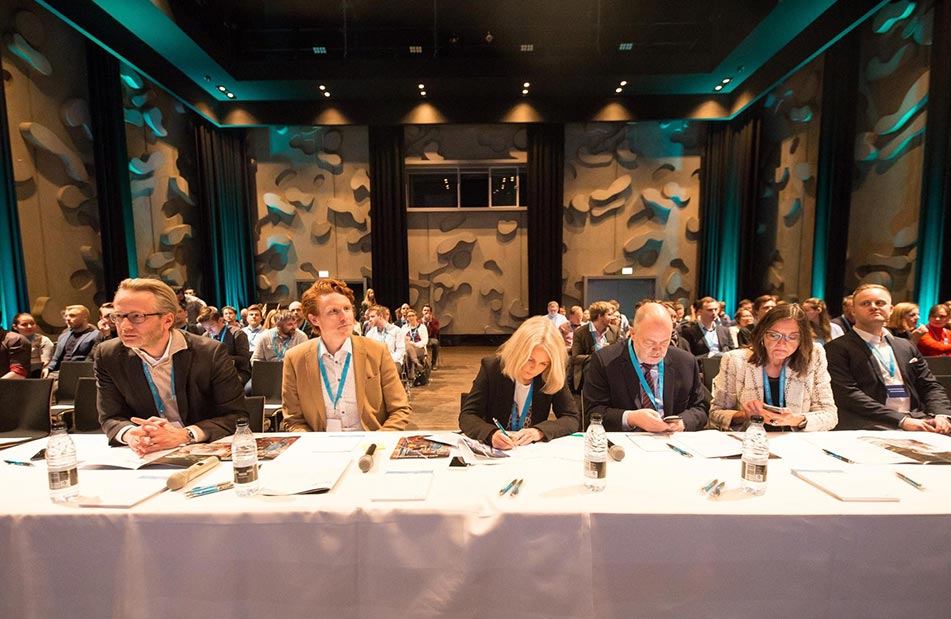
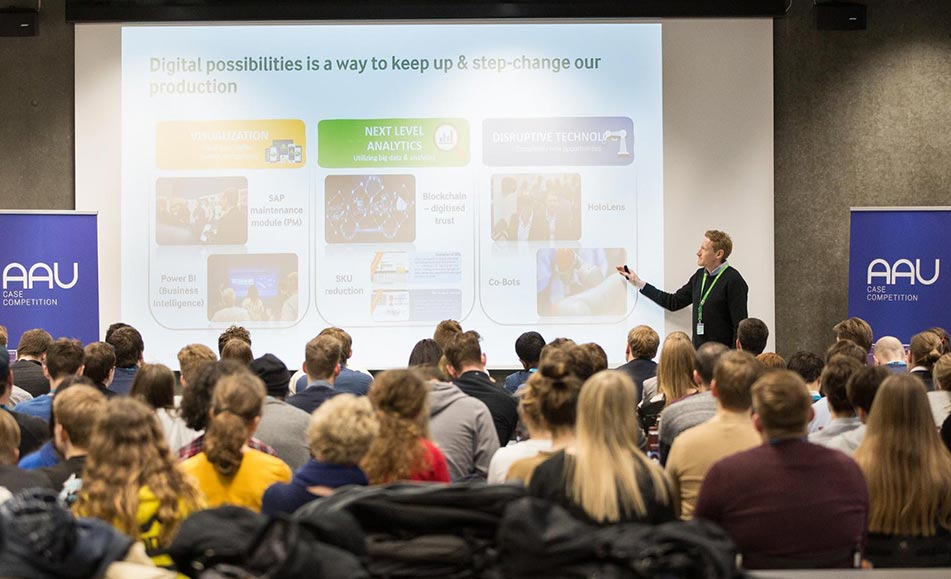
What does the AAU Case Competition entail for you? How does it work and what is the competition overall centered on?
The first thing you should know, is that, within the AAU Case Competition, a number of chosen students are tasked with solving a specific case. The given case is presented by the chosen case company, which this year is Rambøll, and, when given, the participants will have 12 hours to solve the case. The competition is overall centered on a real-life problem and an interdisciplinary collaborate work-method is practiced. Something which was considered a welcome opportunity by the two winners.
After the first 24 hours, the students will have to present their prepared case solution for the chosen jury and afterwards the jury will, during the event, choose the winners of the competition.
More than just a money price..? Is it just the money you win when participating in AAU CC or do the winners of last year’s competition have something more to say about what they gained from the competition?
What do you gain from participating in the AAU Case Competition? This is always a complicated question to answer. And the answer is going to be different depending on each person you ask. The winners of the case competition will, of course, receive a prize, however, and more important; all of the participants will walk away with personal growth.
“The most important thing I gained from my participation in AAU Case Competition was a stronger opinion of my own professional capabilities. As a student in Techno-anthropology, which is still a relatively new course of education, it is important for me to find a foothold amongst several disciplines and be capable of communicating why exactly my competences are attractive to an employer”
- Steffen Foldager Jensen
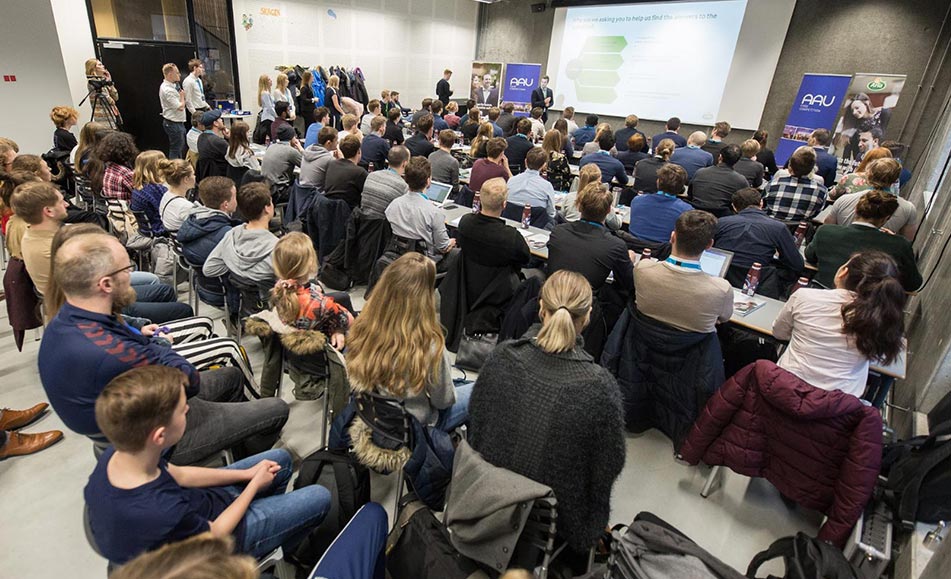
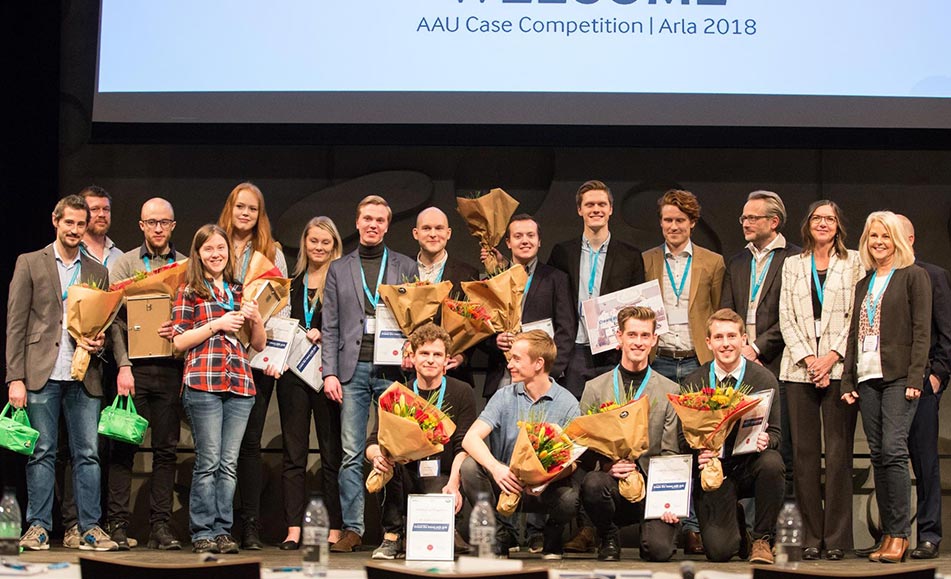
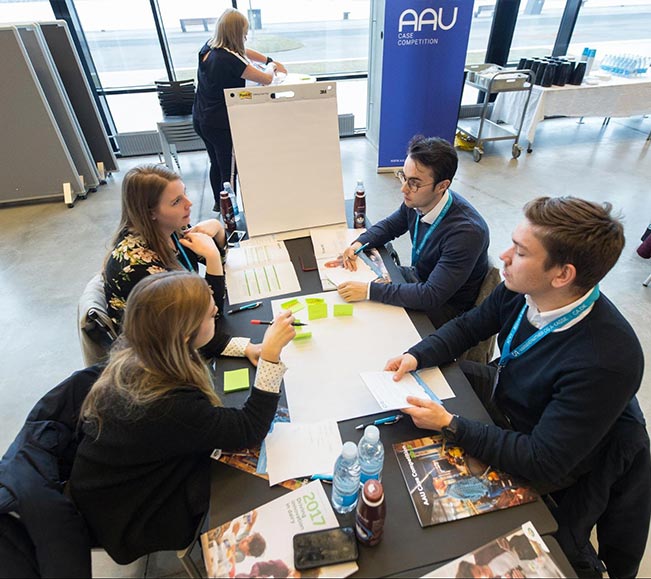
He added to this statement that besides his improved self-understanding, the best thing about participating in AAU Case Competition was the clearly visible engagement of the people participating. Rasmus in a similar spirit found the experience enriching.
“It is extremely enriching to see how other people work throughout such a progress and furthermore how assignments normally are managed in other fields of study. I think that you can gain and learn a great amount from an interdisciplinary work-process.”
- Rasmus Gade Laursen
As such, it is not only the winners of the competition that will gain something from participating. Every participant of the AAU CC will furthermore have improved their CV by participating. It is an exceptional opportunity to test yourself and show the attending companies what you are made of.
How can you approach the assignment? Tips from the previous winners.
Approaching the assignment of solving the specific case can be done in a number of ways and every person or group will have their own way of handling the job. The biggest part of the competition is probably going to be the creative process of generating new ideas and finding a solution that works. Here are some of the tips Rasmus and Steffen had to offer in order to do this:
Tip 1: “It is a good idea to listen to each other and build upon each other’s ideas”
Tip 2: “You should be extremely clear in the presentation of your idea – be clear about what exactly the idea consists of. This was something which we ourselves lacked a little in, in the first round of the competition.”
- Rasmus Gade Laursen
Tip 1: “We used the majority of our time really figuring out what the presented case was about and was thereby able to establish a solid fundament we could work from.”
Tip 2: “My group and I came from three widely different educations, so it was important for us to create a space where there was room for equally different perspectives. By using the sketch board as a centre of rotation for brainstorms we could with time identify some patterns which we chose to work with further.”
Tip 4: “New participants should be aware of the fact that sometimes the most interesting perspectives do not necessarily rise from something scientific. Instead of thinking specific fields of study into the creative process, it could be advantageously to draw from the diverse everyday experiences we all have made in different situations.”
- Steffen Foldager Jensen
